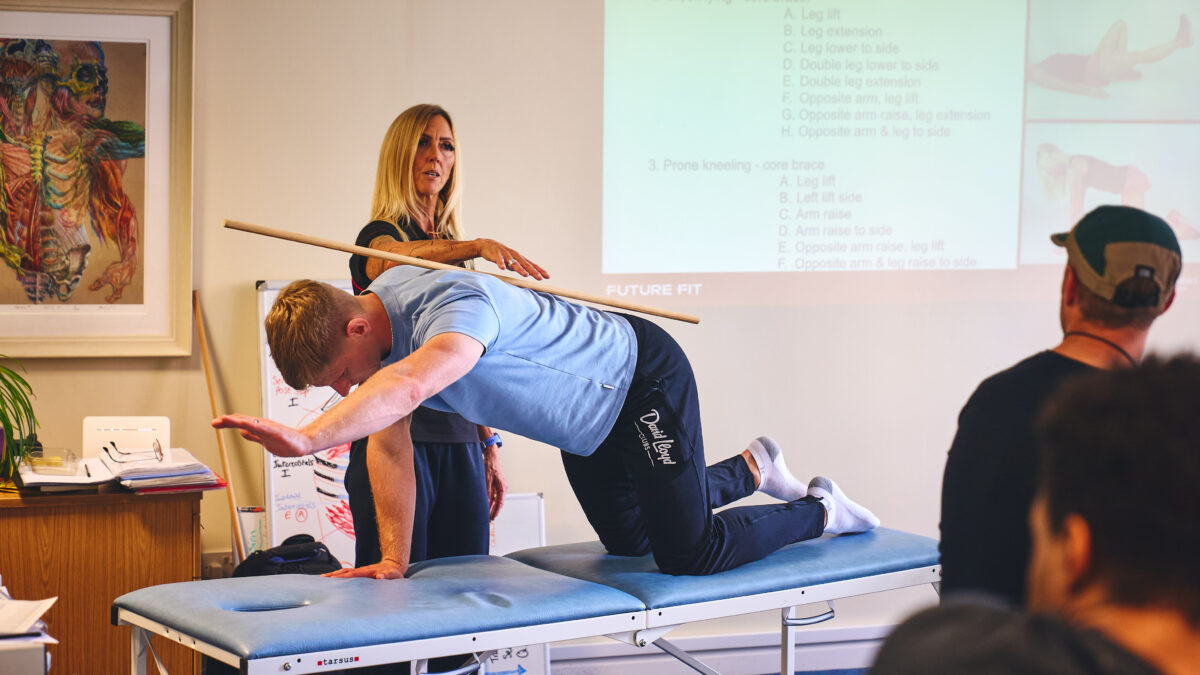



In today’s evolving fitness landscape, helping clients achieve long-term success means more than just prescribing squats and cardio. It’s about understanding how they move, identifying what might be holding them back, and addressing the root causes of dysfunction. That’s where preparation exercise, formerly known as corrective exercise, comes in.
Preparation exercise refers to a specialised set of movements and techniques designed to improve movement quality. These exercises help address issues such as muscle inhibition, poor joint mobility, nerve tension, and imbalances, factors that influence how well someone moves, performs, and recovers.
Although “corrective” is the commonly used term, it can carry negative implications. Clients may assume something is wrong, leading to feelings of inadequacy or hesitation. That’s why professionals are shifting towards terms like movement optimisation, preparation exercise, or movement enhancement, language that empowers rather than discourages.
A successful movement optimisation programme begins with assessments. This foundational step helps identify dysfunctions such as stiff joints, tight nerves, or inhibited muscles.
Rather than focusing solely on symptoms, the aim is to uncover and address the root causes. These may include compensatory movements developed over time due to lifestyle habits, injury history, or imbalanced training.
Once key limitations are identified, a tailored plan can be built around specific goals. This includes improving underactive muscles, restoring flexibility, unlocking joint mobility, and rebuilding strength. But it doesn’t stop there, clients must also integrate those improvements into real-world movement.
As mobility and control are restored, clients are guided through exercises that reinforce improved movements. These help build confidence, improve proprioception, and ensure that progress is not just temporary but sustainable.
Dysfunction in key areas like the pelvis, shoulders, and spine can lead to compensations, overuse issues, and eventually injury. Preparation exercises help rebalance and realign movement, reducing wear and tear on joints and tissues.
Whether working with beginners or elite athletes, improved mobility, stability, and coordination mean more efficient movement and more effective training sessions. Preparation work supports power output, endurance, and recovery.
For clients returning from injury or surgery, these techniques act as a bridge between rehabilitation and performance training. They restore muscular control and reduce the risk of re-injury by targeting the neuromuscular system.
Efficient movement means clients expend less energy and experience less strain, whether they’re working out or going about their daily routines. The result? Less fatigue, fewer aches, and greater overall quality of life.
For exercise professionals, it all begins with a solid assessment process. Tools like Downing’s Sign or the 4 Sign Test can quickly identify movement inefficiencies. From there, a programme can be built with strategic preparation techniques, such as:
These methods can be incorporated into warm-ups, cool-downs, or even standalone movement improvement sessions depending on your client’s needs.
Preparation (or corrective) exercise isn’t about fixing problems, it’s about enhancing movement. It allows clients to train harder, recover faster, and move with more confidence. As a trainer or fitness professional, this knowledge sets you apart. When you address the root causes of dysfunction, you’re not just helping clients feel better, you’re building their long-term success.
If you’re ready to elevate your client outcomes and lead with a science-backed approach, start integrating preparation exercise into your programming today. Your clients will feel the difference, and so will you.